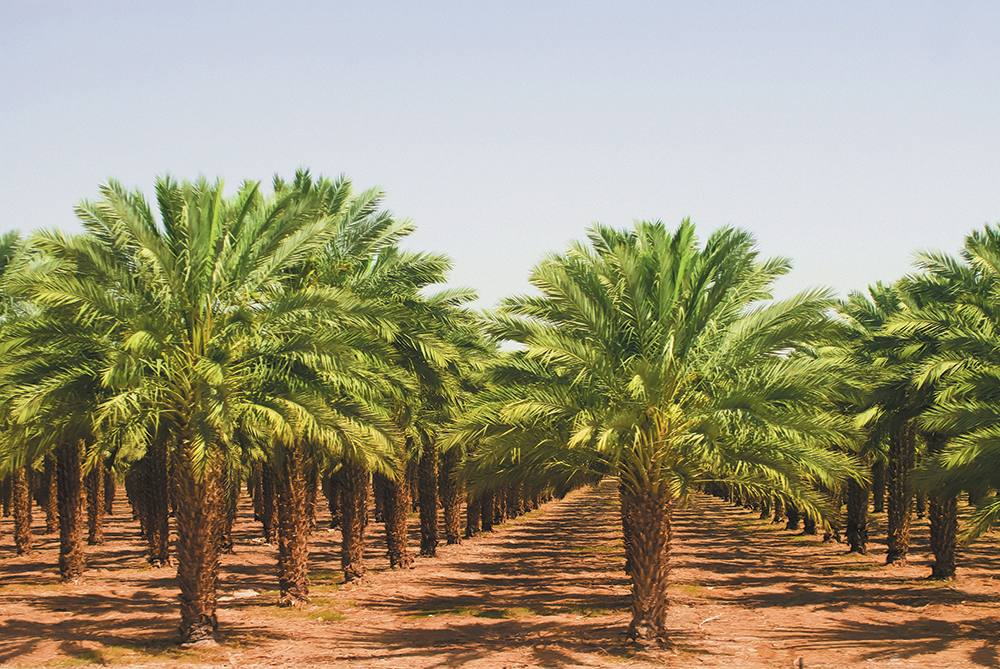We’ve all seen heartwrenching photos on the internet of orangutan’s sitting amid the charred remnants of what was once their home. Yes, that’s definitely happening but it doesn’t mean that palm oil should be avoided altogether. A guest post by Benjamin from PM Haze explores that topic and the nature of the situation in Southeast Asia.
“Palm oil should be avoided at all costs.” “Palm oil causes deforestation.” “Palm oil destroys orangutan habitats.” We’ve all heard this at some point in time, but have we stopped to think how much truth there is to these statements? The People’s Movement to Stop Haze has been raising awareness surrounding the causes of haze as well as the effects of cultivating commodities such as palm oil on human communities as well as flora and fauna habitats. PM Haze is never against the commodity of palm oil but we are against the practices of deforestation, land clearance by fire, use of peatland and social exploitation as a result of the production of palm oil. We also agree that we can focus our energies on positive solutions that encourage good crop cultivation practices that do not cause deforestation and haze. Eco Cart is a glowing example of a consumer-centered solution that is helping consumers choose products that are made with certified sustainable palm oil. In this guest post, we shed some light on the problem, the impact, the solution, and most importantly, what we’re getting wrong
What is palm oil?
Palm oil is a crop that originated from West Africa and arrived in British Malaya part of colonial imports in the late 19th century. Since then, palm oil has evolved to become one of the pillars of rural livelihoods and the economies of Malaysia and Indonesia, being producers of 85% of the global supply of palm oil.

Oil palm is actually the least land-intensive oil crop in the world and in some cases can be 10 times more productive than other oil crops that are commonly used in cooking oils. In fact, up to 50% of products found on supermarket shelves contain palm oil or a derivative of palm oil. In a study published by PM Haze through ground investigations, we also found that 32 out of 33 restaurants in Singapore use palm oil in their cooking. Watch this video for a summary of the links between haze and cooking oil.
What are peatlands?
Peatland covers 423 million hectares (or 4.5% of our global land) and they store more carbon than all the world’s forests combined. When peatland is cleared for human activities such as agriculture, the land needs to be drained of its water to facilitate cultivation, leading to degradation and increasing fire risks. In the dry season, when degraded peatlands catch fire, it spreads across the land and also underground, making virtually impossible to extinguish. It can go on for days and weeks in the dry season.

Peat fires were one of the major causes of the 2015 haze, emitting toxic smoke that plagued our region for weeks. PM Haze is currently working on a pilot peatland restoration programme in Sungei Tohor on Pulau Tebing Tinggi, where we aim to develop a framework that can empower and incentivise communities to restore degraded peatland.
We are against haze not palm oil
The beginnings of the anti-palm oil movement started in the west with a Greenpeace International report in 2007 against a palm oil company accused of deforestation and causing climate change. This laid the groundwork for a spectrum of solutions, which included the setting up of the Roundtable on Sustainable Palm Oil (RSPO) that worked on industry level solutions. These campaigns subsequently moved to Southeast Asia where haze is one of the major effects of deforestation. Fast forward to 2015 when “We Breathe What We Buy” by People’s Movement to Stop Haze, Singapore Institute of International Affairs and WWF-Singapore told consumers in Singapore that we should support products made with palm oil certified by the RSPO.

The People’s Movement to Stop Haze has continued this effort over the past three years, encouraging consumers and businesses to adopt sustainable palm oil in their business.

Along the way, businesses like nomVnom, Old Chang Kee Singapore, TungLok Group, VeganBurg, Wildlife Reserves Singapore and others have made the switch to sustainable palm oil. Today, on the shelves of our local supermarkets we can also find cooking oil as well as other products that contain palm oil certified sustainable by RSPO.
About the recent attacks on the Singapore zoo
First of all, the imagery and content displayed by the zoo on how the palm oil industry is causing orangutans to lose their habitats is true but only to a certain extent. Perhaps we can learn from other zoos, like the Chester Zoo, on different ways to communicate the links between palm oil and deforestation. It has been widely documented that forests cleared for palm oil cultivation are the homes of endangered species like orangutans as well as other animal species. If you want to trace deforestation, then palm oil plantations are not the only ones that are guilty (but that is beyond the scope of this article). The Singapore Zoo has also walked the talk by being one of the first movers in Singapore to use only segregated sustainable palm oil that is certified by the RSPO for cooking. They made the switch at a time when sustainable palm oil was relatively less accessible. Wildlife Reserves Singapore should definitely be applauded for their efforts.
How can we be part of the solution?
PM Haze worked with Havas on EcoCart, a plugin designed to equip online shoppers with the knowledge to choose more sustainable everyday products. As online shoppers browse e-commerce websites, the EcoCart plugin works by alerting them when they view products made with unsustainable palm oil. It then recommends more sustainable alternatives that are made with ‘haze-free’ palm oil. The plugin subsequently prompts shoppers to make the switch to a more sustainable brand and encourages them to share the information across their social media networks via a quick share button. All one needs to do is download the plugin from Google Chrome’s Web Store, after which it quickly and seamlessly embeds itself into users’ shopping experiences.



